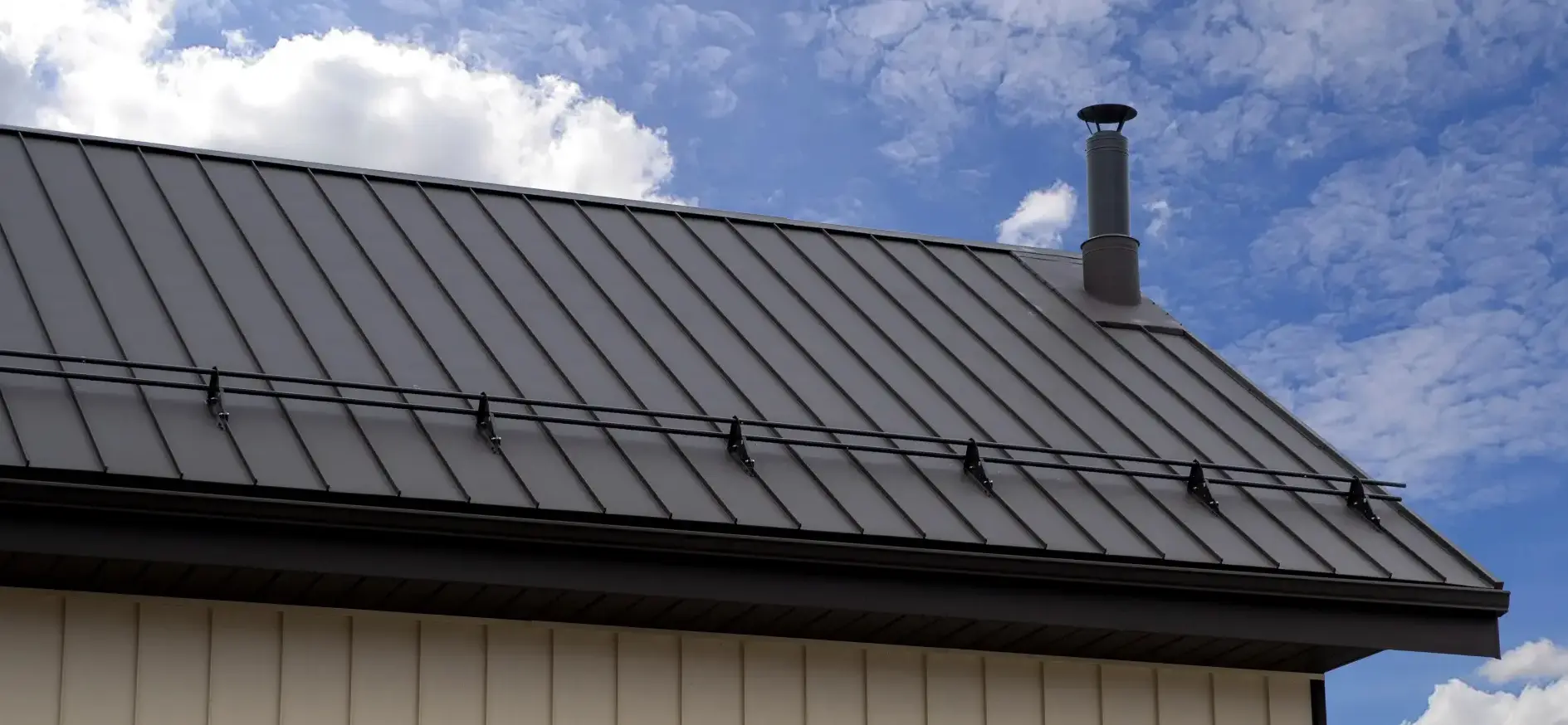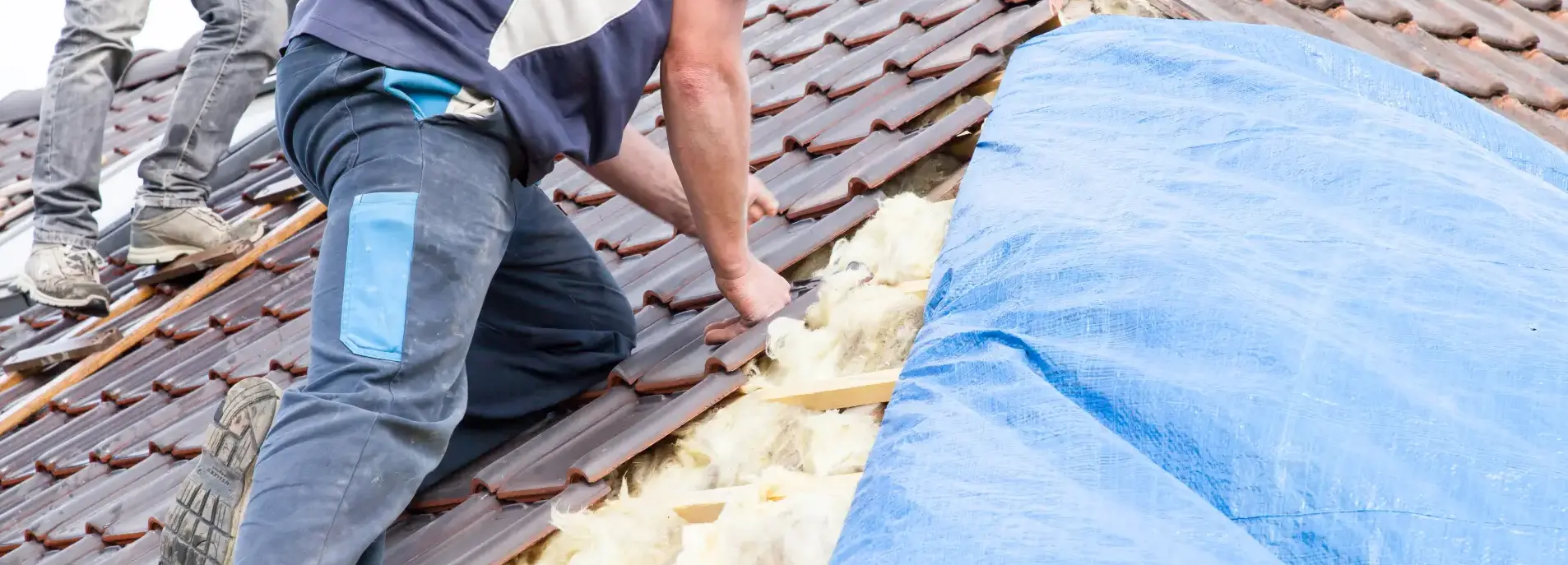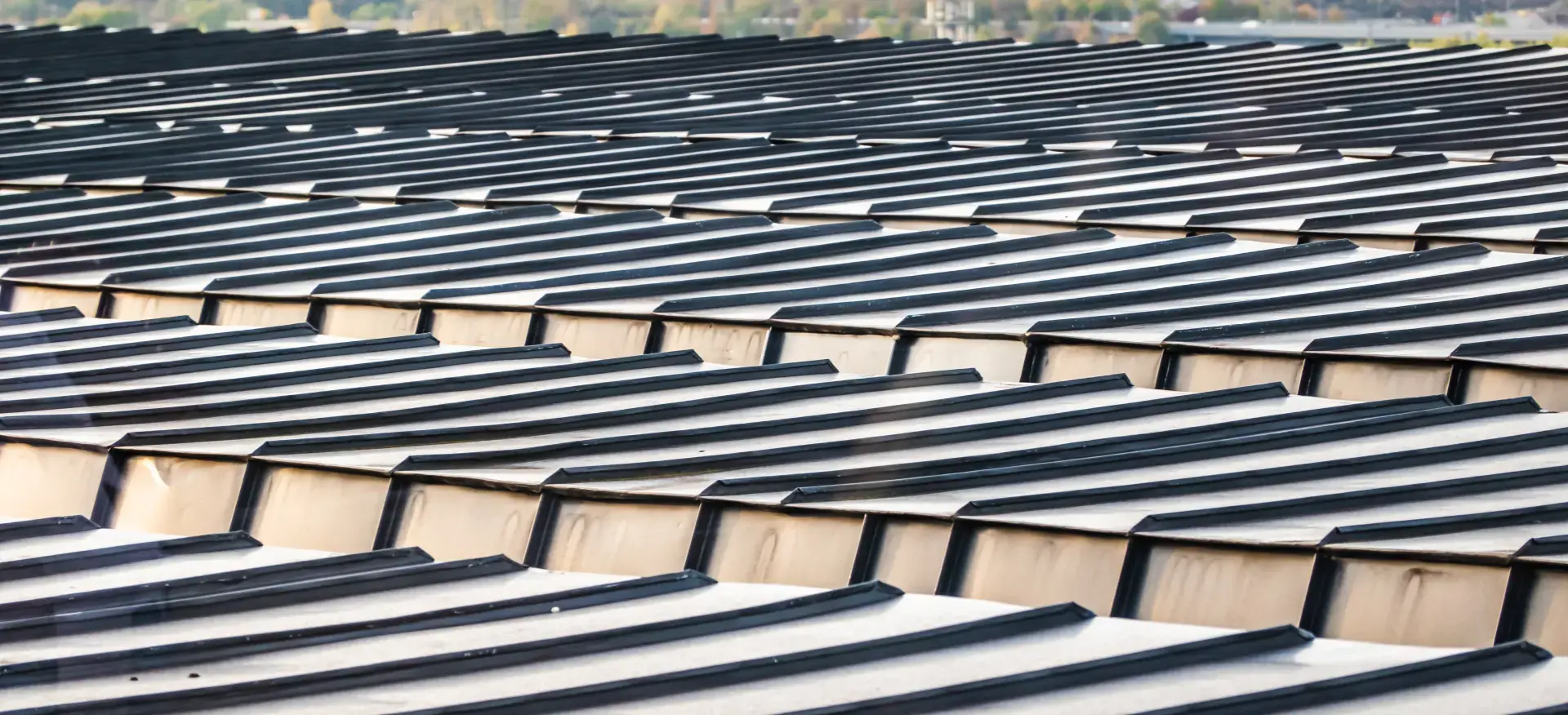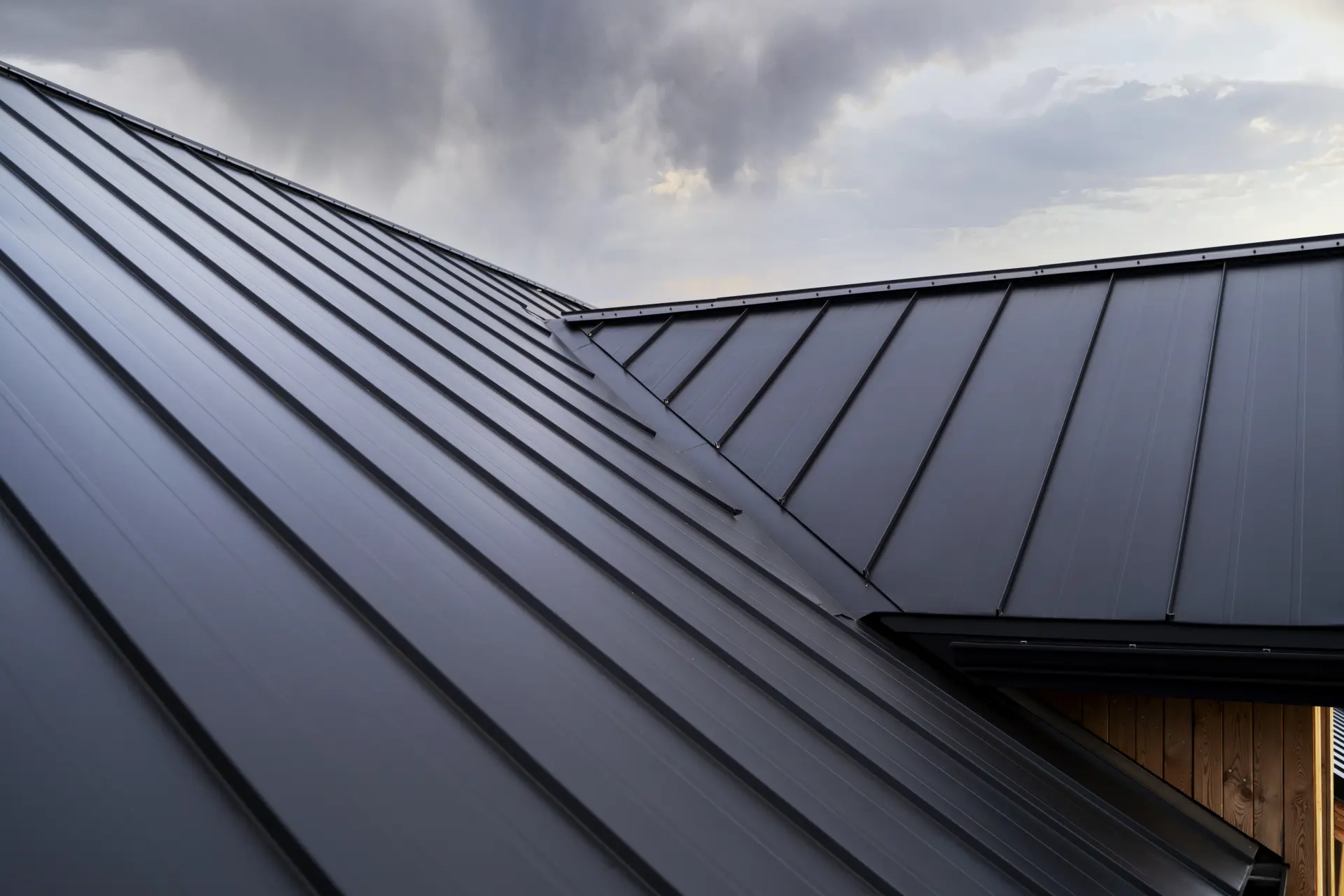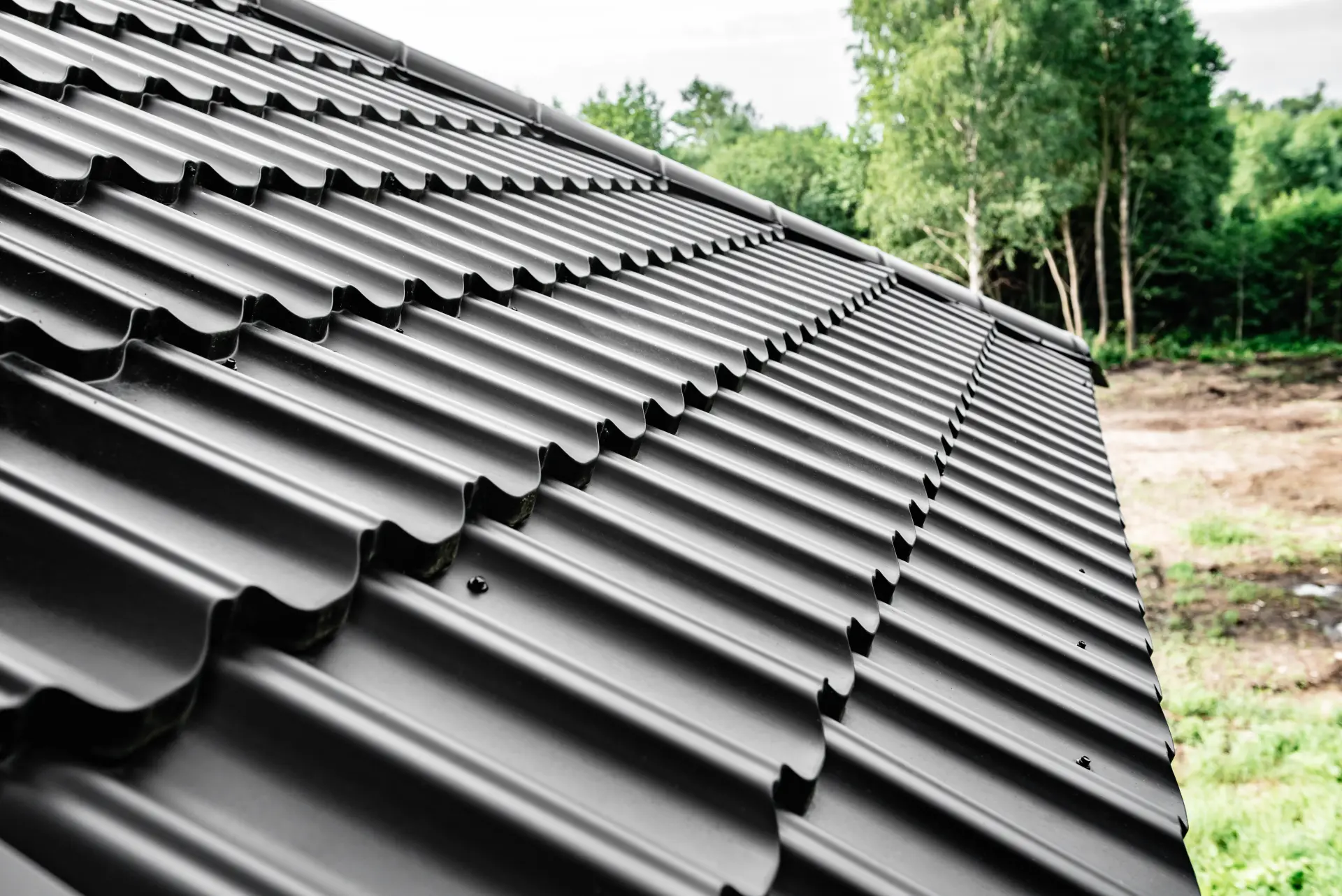Types of Metal Roofing for Homes
When choosing a metal roof for your home, it helps to understand the different types available. Each type of metal offers unique benefits in terms of strength, appearance, and maintenance. Below are some of the most common choices for domestic properties. Steel is one of the most widely used materials for metal roofing. It is long-lasting, and usually treated with a protective coating that helps prevent the appearance of rust. Homeowners can choose from galvanised or galvalume steel, both of which provide strong resistance to weathering.
Aluminium is lightweight and highly resistant to any form of corrosion, making it ideal for homes in coastal areas. Unlike some other metals, aluminium does not rust. It is also energy-efficient, reflecting heat and helping to keep a house cooler during the summer. Copper is known for its striking appearance and its ability to create a natural patina over time. This greenish surface layer protects the roof while giving the home a distinctive look. Copper is one of the most durable roofing metals, lasting for over a century in some cases.
Zinc is another premium option valued for its self-healing properties. Minor scratches can disappear as the material develops its protective layer. Zinc is also a great material for the environment, as it is fully recyclable and needs much less energy to be produced against other commonly chosen metals. Its strength and low maintenance make it a strong choice for homeowners looking for a sustainable option.
Energy Efficiency and Environmental Impact
Metal roofing is incredibly strong and lasts for many years, but it also offers benefits for energy use and the environment. Understanding these benefits can allow you to make an informed decision on which type of roofing to select. Metal roofs are quite reflective, so they tend to reflect much of the sun's heat instead of absorbing it. This can keep a house cooler during the summer, reducing the need for air conditioning. You'll also find that metal roofs are coated with special finishes that improve their reflective qualities. In winter, metal roofing can be paired with proper insulation to help retain warmth inside the home.
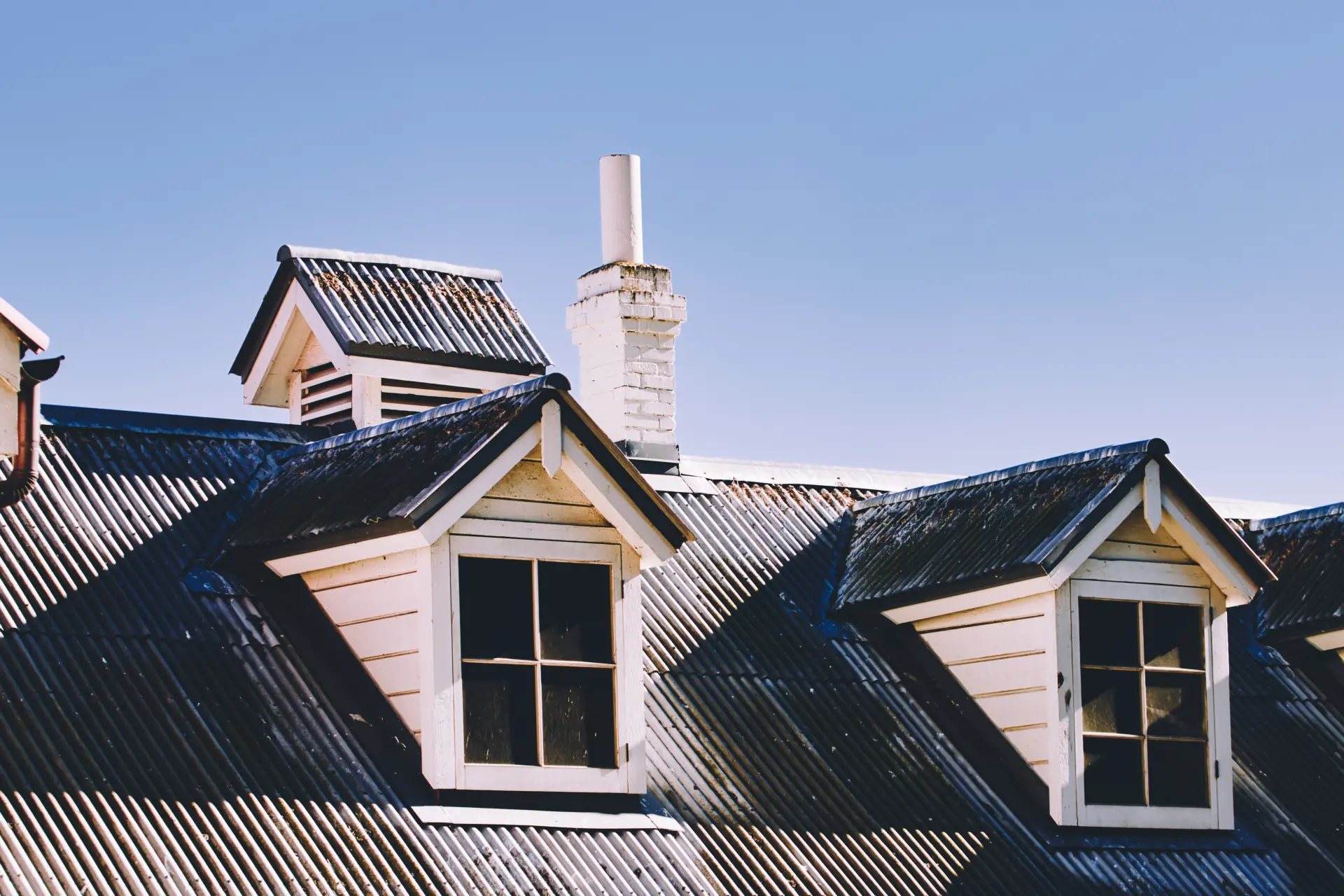
Unlike many other roofing materials, metal is often made with recycled content, which can then be fully recycled at the end of its life.
This reduces the amount of waste sent to landfill. Because metal roofs last much longer than traditional materials such as asphalt, they also need replacing less often, which further lowers their environmental impact.
In addition, choosing lighter coloured finishes can reduce the urban heat effect, helping to keep local areas cooler.
Maintenance and Care Tips
One of the best parts of metal roofing is that it doesn't need as much upkeep as many other materials. However, some simple care steps will help you make sure it performs well and lasts for decades. Check your roof at least twice a year, ideally in spring and autumn. Look for signs of loose panels, damaged coatings, or build-up of leaves and debris. Inspections after heavy storms are also recommended. Remove any existing leaves, branches, and dirt from the surface of your roof and its gutters. Keeping gutters clear will prevent water build-up, which can cause damage over time. It's best to use a soft brush or at least a low-pressure hose for cleaning to avoid scratching the surface.
Many metal roofs come with their own protective finishes. As time passes, these may need to be reapplied to maintain any resistance to rust and fading. Check the manufacturer’s advice for suitable products and schedules. Trim nearby trees to stop branches from rubbing against the roof. Avoid walking directly on the panels where possible, as this can cause dents or scratches. If access is needed, use safety equipment and walk on the areas supported by the roof structure. Although most maintenance can be done by the homeowner, consider hiring a roofing professional every few years. They can spot potential issues early and carry out repairs safely.
Lifespan and Long-Term Value
One of the strongest reasons to choose metal roofing is its long lifespan and the value it supplies over time. Although the starting cost can often be much higher than other options, the long-term savings and benefits will always outweigh the upfront expense. Metal roofs usually last between 40 and 70 years, depending on the material. Premium options such as copper and zinc can last well over 100 years with proper care. This is far longer than traditional roofing materials like asphalt, which often need replacing every 15 to 20 years.
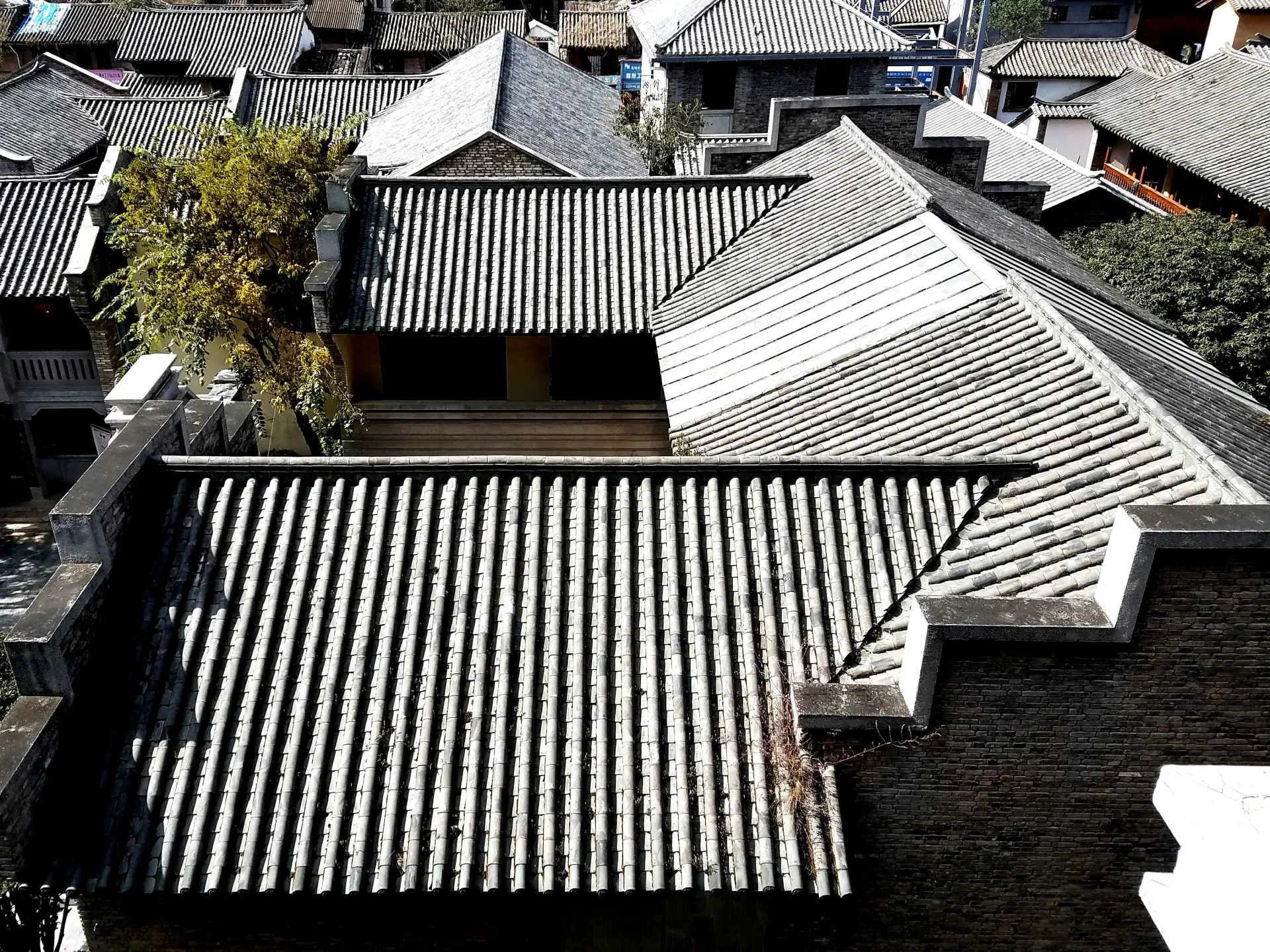
Metal roofing stands up well to harsh weather conditions, including heavy rain, snow, and high winds. It is also resistant to fire, rot, and insect damage. Because of this durability, fewer repairs are usually needed over its lifetime.
Although the initial investment may be a bit higher than usual, there will be a reduced need for any repairs, and replacements can make metal roofing more cost-effective in the long run. The energy-saving qualities of metal roofs can also lower your overall heating and cooling bills.
A metal roof installation is a great way to increase the resale value of your property. Many property buyers will see it as a strong selling point because of its durability, energy efficiency, and modern appearance. Homeowners can also largely benefit from warranties that often extend for several decades, offering further peace of mind.
Installation Process Explained
Before installation begins, the old roofing material may need to be removed, although in some cases, metal roofing can be placed over existing shingles. The roof structure is then checked to make sure it is strong enough to support the new material. Any repairs to the underlying framework are completed at this stage. A protective layer called an underlayment is added to the roof deck. This offers extra waterproofing and helps reduce noise from rain or hail. It also gives a smooth surface for the metal panels or shingles to sit on.
Metal panels or shingles are carefully laid out and secured to the roof structure using fasteners. The method they use will usually depend on the system chosen, such as standing seam panels or interlocking shingles. Proper alignment is key to making sure you get a watertight fit and a neat appearance. Flashing is installed around roof edges, chimneys, vents, and skylights to prevent leaks. Sealants may also be applied where needed to keep water out. Once the roof is fully installed, the contractor will check all fastenings, edges, and joints. This final inspection exists to assure the roof is secure, weatherproof, and ready to last for decades.
If you're searching for professionals who can help you install brand-new roofing for your business property, give us a call. Our team are always available throughout the local area to provide commercial metal roofing installations and repairs.

